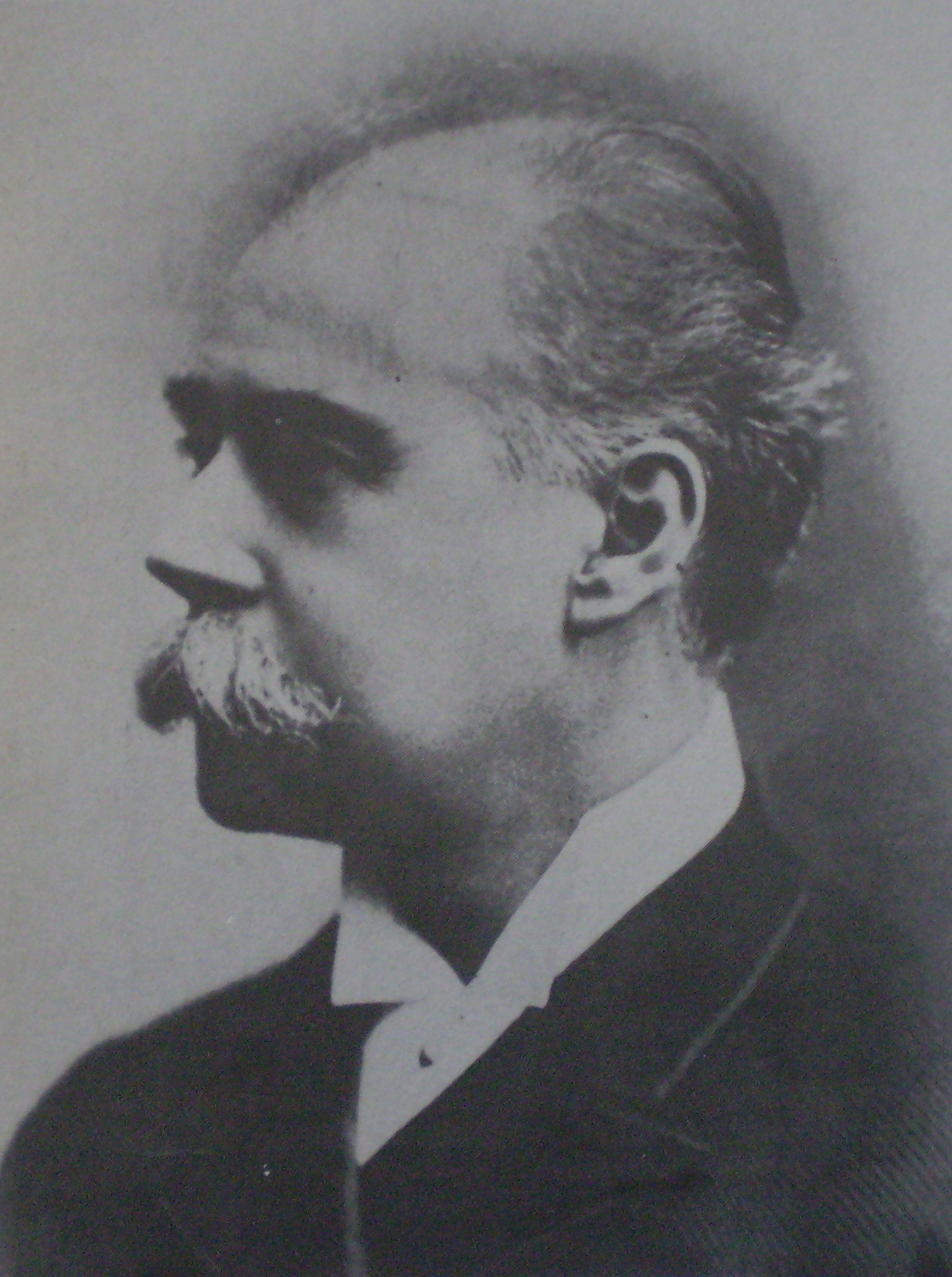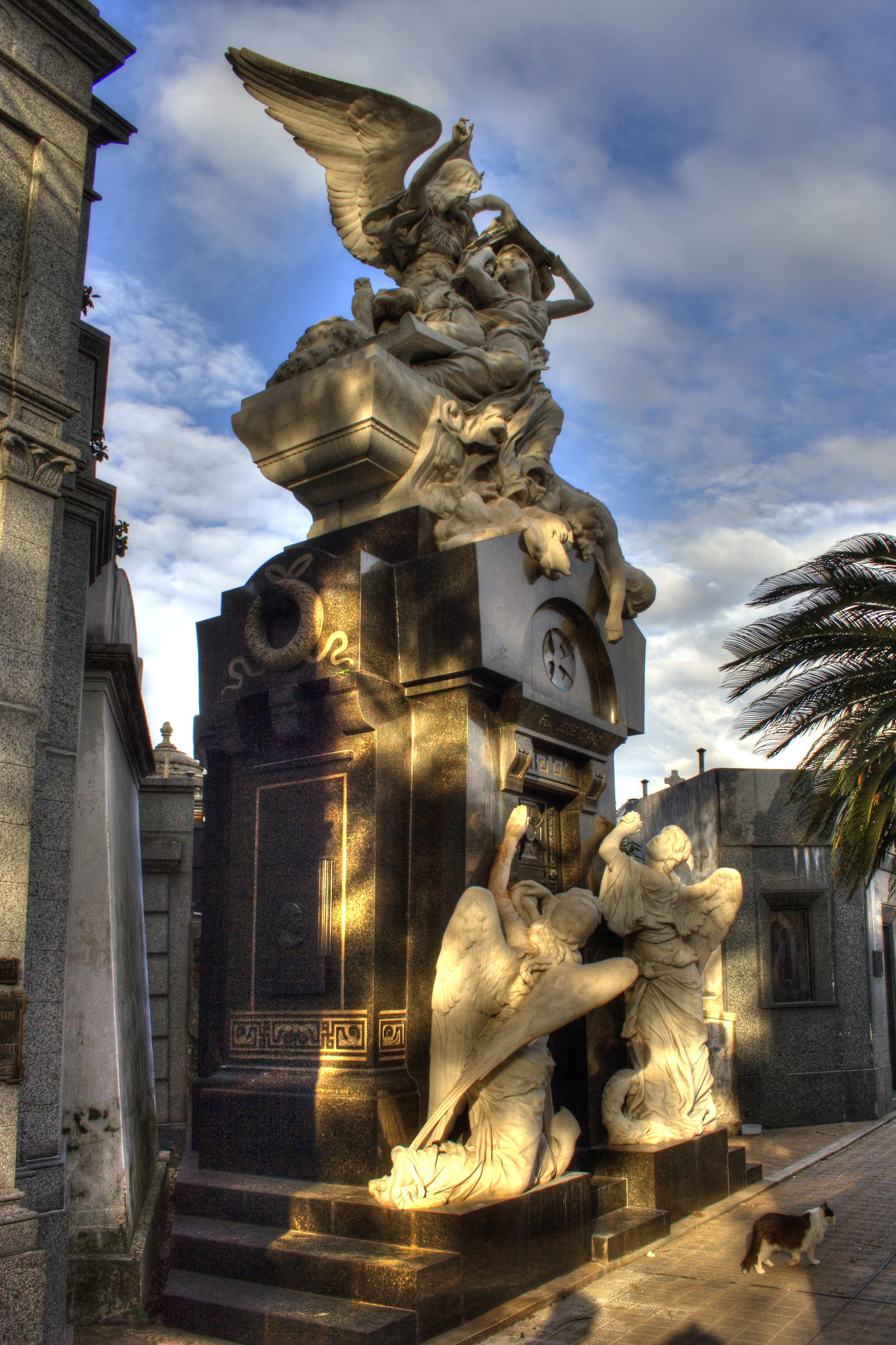José C. Paz on:
[Wikipedia]
[Google]
[Amazon]

 José Clemente Paz (2 October 1842 – 10 March 1912) was an
José Clemente Paz (2 October 1842 – 10 March 1912) was an

 José Clemente Paz (2 October 1842 – 10 March 1912) was an
José Clemente Paz (2 October 1842 – 10 March 1912) was an Argentine
Argentines (mistakenly translated Argentineans in the past; in Spanish (masculine) or (feminine)) are people identified with the country of Argentina. This connection may be residential, legal, historical or cultural. For most Argentines, s ...
politician, diplomat and journalist, founder of ''La Prensa ''La Prensa'' ("The Press") is a frequently used name for newspapers in the Spanish-speaking world. It may refer to:
Argentina
* ''La Prensa'' (Buenos Aires)
* , a current publication of Caleta Olivia, Santa Cruz
Bolivia
* ''La Prensa'' (La Paz ...
''.
Life
Paz was born inBuenos Aires
Buenos Aires ( or ; ), officially the Autonomous City of Buenos Aires ( es, link=no, Ciudad Autónoma de Buenos Aires), is the capital and primate city of Argentina. The city is located on the western shore of the Río de la Plata, on South ...
and started his education in that city but was forced to move to Rosario
Rosario () is the largest city in the central provinces of Argentina, Argentine province of Santa Fe Province, Santa Fe. The city is located northwest of Buenos Aires, on the west bank of the Paraná River. Rosario is the third-most populous ci ...
due to the civil war fought in Argentina. In July 1859 the Buenos Aires squadron of Admiral Murature was attempting to pass Rosario on the river. Paz, just 16 years old, approached the Rosario positions and shouted, "¡Viva Buenos Aires!" at which point the soldiers began to fire on him. Paz saved himself by jumping into the Paraná River
The Paraná River ( es, Río Paraná, links=no , pt, Rio Paraná, gn, Ysyry Parana) is a river in south-central South America, running through Brazil, Paraguay, and Argentina for some ."Parana River". Encyclopædia Britannica. Encyclopædia Br ...
and swimming to the Buenos Aires ships, thus returning to the city of his birth.
In Buenos Aires Paz enlisted in the Buenos Aires forces commanded by Bartolomé Mitre
Bartolomé Mitre Martínez (26 June 1821 – 19 January 1906) was an Argentine statesman, soldier and author. He was President of Argentina from 1862 to 1868 and the first president of unified Argentina.
Mitre is known as the most versatile ...
and in 1860 he distinguished himself at his young age at the Battle of Pavón
The Battle of Pavón, a key battle of the Argentine Civil Wars, was fought in Pavón, Santa Fé Province, Argentina on 17 September 1861 between the Army of the State of Buenos Aires, commanded by Bartolomé Mitre, and the Army of Republic of ...
. At the end of the war he decided to enter politics, and worked for the party of Adolfo Alsina
Adolfo Alsina Maza (January 4, 1829 – December 29, 1877) was an Argentine lawyer and Unitarian politician, who was one of the founders of the Autonomist Party and the National Autonomist Party.Ione S. Wright and Lisa M. Nekhom, ''Histori ...
and began studies in law. In 1865, during the War of the Triple Alliance
The Paraguayan War, also known as the War of the Triple Alliance, was a South American war that lasted from 1864 to 1870. It was fought between Paraguay and the Triple Alliance of Argentina, the Empire of Brazil, and Uruguay. It was the deadlies ...
, he founded the Society for the Protection of Invalids, a corps of nurses to treat the injured that arrived at the Port of Buenos Aires and move them to the Hospice for Invalids, also founded by Paz. To pay for the costs of these organisations, he set up a newspaper, ''El inválido argentino.'' On 18 October 1869 he founded ''La Prensa ''La Prensa'' ("The Press") is a frequently used name for newspapers in the Spanish-speaking world. It may refer to:
Argentina
* ''La Prensa'' (Buenos Aires)
* , a current publication of Caleta Olivia, Santa Cruz
Bolivia
* ''La Prensa'' (La Paz ...
''.
In 1871, Paz decided to organise a charity to help those suffering from yellow fever
Yellow fever is a viral disease of typically short duration. In most cases, symptoms include fever, chills, loss of appetite, nausea, muscle pains – particularly in the back – and headaches. Symptoms typically improve within five days. In ...
. That year the newspaper's chief reporter fell sick with yellow fever and Paz had him cared for at his own house.
In the 1874 revolution, Paz found himself on the side of Mitre once again. He was forced to live in exile in Montevideo
Montevideo () is the Capital city, capital and List of cities in Uruguay, largest city of Uruguay. According to the 2011 census, the city proper has a population of 1,319,108 (about one-third of the country's total population) in an area of . M ...
, where he completed his studies in law. He returned to Argentina and became a national deputy in 1879. He resigned his seat to become diplomatic representative to Madrid
Madrid ( , ) is the capital and most populous city of Spain. The city has almost 3.4 million inhabitants and a metropolitan area population of approximately 6.7 million. It is the second-largest city in the European Union (EU), and ...
1883–85, then to Paris
Paris () is the capital and most populous city of France, with an estimated population of 2,165,423 residents in 2019 in an area of more than 105 km² (41 sq mi), making it the 30th most densely populated city in the world in 2020. S ...
1885–1893.
Paz returned to Argentina to manage the newspaper, and, though he relocated to Monte Carlo
Monte Carlo (; ; french: Monte-Carlo , or colloquially ''Monte-Carl'' ; lij, Munte Carlu ; ) is officially an administrative area of the Principality of Monaco, specifically the ward of Monte Carlo/Spélugues, where the Monte Carlo Casino is ...
in 1900, he commissioned the building of a palace in the Retiro area of Buenos Aires. Designed by French architect
The following is a chronological list of French architects. Some of their major architectural works are listed after each name.
Middle Ages
Étienne de Bonneuil (late 13th century)
* Uppsala Cathedral, Sweden
Jean de Chelles (13th century ...
Louis Sortais, the Paz Palace
The Paz Palace is a former mansion in Buenos Aires, Argentina, housing the Military Officers' Association, a social club maintained by the Argentine military.
Overview
One of Buenos Aires' most traditional social clubs, the Military Officers' As ...
was begun in 1902 and completed in 1914. The Palace runs along the south west side of Plaza San Martín in downtown Buenos Aires and, housing over 6,000 m2 (65,000 ft2) of space, it remains the largest single house ever built in Argentina. Its construction, however, outlived Paz, who died in Monaco in 1912. He was placed in a grand mausoleum in La Recoleta Cemetery
La Recoleta Cemetery ( es, Cementerio de la Recoleta) is a cemetery located in the Recoleta, Buenos Aires, Recoleta Barrios and Communes of Buenos Aires, neighbourhood of Buenos Aires, Argentina. It contains the graves of notable people, includi ...
,''El Círculo Militar: 100 años despues.'' Secretaría de Información Pública, 1981. with a sculpture by French artist Jules-Felix Coutan
Jules-Félix Coutan (22 September 1848 – 23 February 1939) was a French sculptor and educator.
Life
As a student at the École des Beaux-Arts, Coutan was awarded the Prix de Rome in 1872; after his return to Paris he executed the f ...
.
Paz was featured on an Argentinian post stamp.
See also
* List of people on stamps of Argentina * José C. Paz, Buenos Aires {{DEFAULTSORT:Paz, Jose Clemente 1842 births 1912 deaths Politicians from Buenos Aires Burials at La Recoleta Cemetery Argentine diplomats Members of the Argentine Chamber of Deputies elected in Buenos Aires Argentine journalists Argentine male journalists Argentine newspaper founders Argentine businesspeople